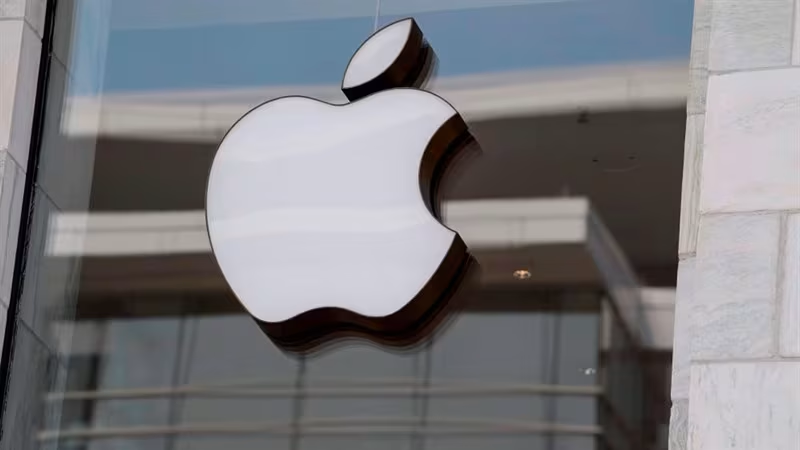Apple's Foldable iPhone: Early Prototyping Underway, 2026 Launch in Sight
For years, the idea of a foldable iPhone has been little more than a tech enthusiast's dream, fueled by patent filings and speculative renders. But it seems those whispers are finally solidifying into something tangible. Recent reports, notably from the reliable folks at DigiTimes, indicate that Apple has quietly, yet definitively, kicked off the early prototyping phase for its much-anticipated foldable iPhone. We're talking about the P1 (Prototype 1) phase, which reportedly began in June. And if things go according to plan, we could be holding a bendable iPhone in our hands as early as 2026. A big deal, wouldn't you say?
The First Folds: What "P1 Phase" Really Means
When we hear "P1 phase," it's easy to imagine a finished product, or at least something close. But in the intricate world of hardware development, P1 is just the very beginning. It signifies that Apple has moved beyond conceptual design and into actual physical construction and initial testing. This stage involves validating core components, assessing early designs, and identifying fundamental challenges. It's about getting the basic mechanics right, ensuring the flexible display works as intended, and that the hinge mechanism, arguably the most critical component, functions without immediate failure.
The fact that Apple has reached this stage suggests they've made significant progress behind the scenes. This isn't just a drawing on a whiteboard anymore; it's a physical device, however rudimentary. The timeline suggests that if P1 goes smoothly, we'll see the Engineering Verification Test (EVT) phase by the end of 2025. EVT is where things get a lot more serious, focusing on engineering validation and ensuring the design can be manufactured.
Why Now? Apple's Calculated Leap into Foldables
Apple has always been a company that prefers to perfect rather than pioneer. Think about it: they weren't the first with an MP3 player, a smartphone, or a smartwatch. Yet, when they entered those markets, they redefined them. The foldable phone space has been dominated by players like Samsung and Huawei for years, with a variety of form factors and iterations. So, why is Apple finally jumping in now?
Overcoming the Inherent Challenges of Foldable Design
Developing a foldable device is no small feat. It presents a unique set of engineering challenges that traditional smartphones simply don't encounter.
- The Display: A truly flexible, durable display that can withstand hundreds of thousands of folds without visible creasing or degradation is paramount. Apple will undoubtedly demand a display that not only folds seamlessly but also offers the vibrant colors, sharpness, and touch responsiveness users expect from an iPhone. The supply chain implications here are huge, and it's likely Apple is working closely with display manufacturers to develop bespoke solutions.
- The Hinge: This is the heart of any foldable phone. It needs to be robust, precise, and allow for a smooth, satisfying fold without adding excessive bulk or creating a noticeable gap when closed. Many existing foldable hinges are complex, and Apple's design philosophy often leans towards elegant simplicity. How they tackle this will be fascinating. Will it be a "waterdrop" hinge, a multi-gear mechanism, or something entirely new?
- Software Optimization: This is where Apple truly shines. iOS will need significant re-engineering to seamlessly adapt to different screen states – folded, unfolded, and potentially partially folded. Multitasking, app layouts, and even simple gestures will need to be intuitive across these transitions. This isn't just about scaling an app; it's about reimagining the user experience for a dynamic form factor.
Market Impact and Consumer Anticipation
Apple's entry into the foldable market could be a game-changer. While competitors have paved the way, Apple's immense brand loyalty and influence could significantly accelerate the mainstream adoption of foldable technology. If Apple releases a foldable iPhone, it instantly validates the category for millions of consumers who might have been hesitant before.
What will consumers expect? Beyond the obvious folding screen, people will be looking for Apple's signature design elegance, unparalleled performance, and a seamless integration with their existing Apple ecosystem. The price point, too, will be a major talking point. Foldables are currently premium devices, and an Apple version will likely be no exception. Will it be a "Fold" style, offering a tablet-like experience when unfolded, or a "Flip" style, prioritizing compactness? My personal bet is on a form factor that offers a truly unique utility, perhaps something that bridges the gap between iPhone and iPad in a way we haven't seen.
The Road Ahead: From Prototype to Product
The journey from P1 to a consumer-ready product is long and fraught with potential hurdles. After P1 and EVT, there are typically DVT (Design Validation Test) and PVT (Production Validation Test) phases. Each step refines the design, tests manufacturing processes, and ensures quality at scale. Delays are common in such ambitious projects.
Apple's legendary secrecy means we won't get many official updates until they're ready for a grand unveiling. But the fact that they've started early prototyping for a 2026 launch tells us they're serious. This isn't just a concept anymore; it's a project with a clear timeline and significant resources behind it. The tech world, and indeed, consumers worldwide, will be watching closely to see how Apple redefines the foldable phone, just as they've redefined so many other product categories before. It's going to be an interesting couple of years, that's for sure.
